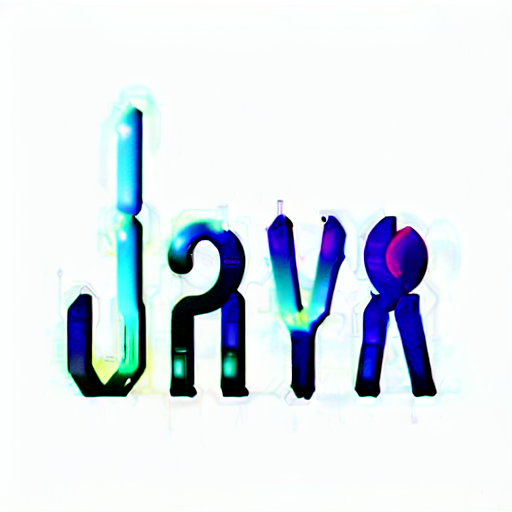深入理解Java类库中FEST Fluent Assertions For Joda Time框架的技术原理 (In-depth Understanding of the Technical Principles of FEST Fluent Assertions For Joda Time Framework in Java Class Libraries)

深入理解Java类库中FEST Fluent Assertions For Joda-Time框架的技术原理
介绍
在Java中,Joda-Time是一个功能强大且广泛使用的日期和时间处理库。FEST Fluent Assertions是一个用于在测试中进行断言验证的流畅API库。FEST Fluent Assertions For Joda-Time是一个基于FEST Fluent Assertions库的扩展,专门用于对Joda-Time日期和时间对象进行断言验证。本文将深入探讨FEST Fluent Assertions For Joda-Time框架的技术原理,包括其核心概念、代码示例,并介绍相关的配置信息。
FEST Fluent Assertions For Joda-Time框架的技术原理
FEST Fluent Assertions For Joda-Time框架的技术原理可以归纳为以下几个关键点:
1. 链式调用
FEST Fluent Assertions For Joda-Time支持链式调用,使开发人员能够以自然语言的方式编写断言代码。通过使用链式调用,可以更加清晰和可读性强的方式表达断言条件。
下面是一个链式调用的示例:
import org.fest.assertions.api.JodaTimeAssertions;
import org.joda.time.DateTime;
DateTime dateTime = new DateTime();
JodaTimeAssertions.assertThat(dateTime).isToday();
在这个示例中,`isToday()`方法是FEST Fluent Assertions For Joda-Time提供的一个断言方法,用于验证给定的日期是否为今天。
2. 可读性强的断言
FEST Fluent Assertions For Joda-Time提供了一系列的断言方法,用于验证日期和时间对象的各种属性。这些断言方法经过精心设计,旨在提供可读性强的断言语句。通过使用这些断言方法,开发人员可以更加直观、灵活地编写测试断言。
下面是一些常用的断言方法示例:
import org.fest.assertions.api.JodaTimeAssertions;
import org.joda.time.DateTime;
DateTime dateTime = new DateTime();
JodaTimeAssertions.assertThat(dateTime).isToday();
JodaTimeAssertions.assertThat(dateTime).isAfterOrEqualTo(DateTime.now().minusHours(1));
JodaTimeAssertions.assertThat(dateTime).isBeforeOrEqualTo(DateTime.now().plusDays(3));
在这些示例中,我们可以通过调用`isToday()`、`isAfterOrEqualTo()`和`isBeforeOrEqualTo()`等断言方法,验证给定的日期对象是否满足相应的条件。
3. 自定义断言
除了提供预定义的断言方法之外,FEST Fluent Assertions For Joda-Time还允许开发人员根据自身需求定义自己的断言方法。这样,可以为特定的测试场景方便地编写和组织断言逻辑。
下面是一个自定义断言方法的示例:
import org.fest.assertions.api.JodaTimeAssertions;
import org.joda.time.DateTime;
public class CustomAssertions {
public static void assertIsLeapYear(DateTime dateTime) {
JodaTimeAssertions.assertThat(dateTime).isExactlyInstanceOf(DateTime.class);
JodaTimeAssertions.assertThat(dateTime.getYear() % 4).isEqualTo(0);
}
}
DateTime dateTime = new DateTime().withYear(2020);
CustomAssertions.assertIsLeapYear(dateTime);
在这个示例中,我们自定义了一个名为`assertIsLeapYear()`的断言方法,用于验证给定的日期对象是否是闰年。
相关配置
要使用FEST Fluent Assertions For Joda-Time框架,需要进行相应的配置。以下是配置相关的一些注意事项:
1. 引入依赖
首先,需要在项目的构建文件中引入FEST Fluent Assertions For Joda-Time的依赖。可以通过在Maven的`pom.xml`文件中添加以下内容来完成依赖引入:
<dependency>
<groupId>org.easytesting</groupId>
<artifactId>fest-assert</artifactId>
<version>1.4</version>
<scope>test</scope>
</dependency>
<dependency>
<groupId>org.easytesting</groupId>
<artifactId>fest-assert-joda-time</artifactId>
<version>2.0M10</version>
<scope>test</scope>
</dependency>
2. 导入库
在测试代码中,需要导入相关的库,以便使用FEST Fluent Assertions For Joda-Time的断言方法。可以使用以下导入语句完成导入:
import org.fest.assertions.api.JodaTimeAssertions;
import org.joda.time.DateTime;
这些是使用FEST Fluent Assertions For Joda-Time框架的相关配置信息。
结论
通过深入了解FEST Fluent Assertions For Joda-Time框架的技术原理,我们可以更好地理解和应用该框架。通过引入FEST Fluent Assertions For Joda-Time,开发人员可以轻松地编写简洁、可读性强的断言代码,以保证测试的正确性和可维护性。

